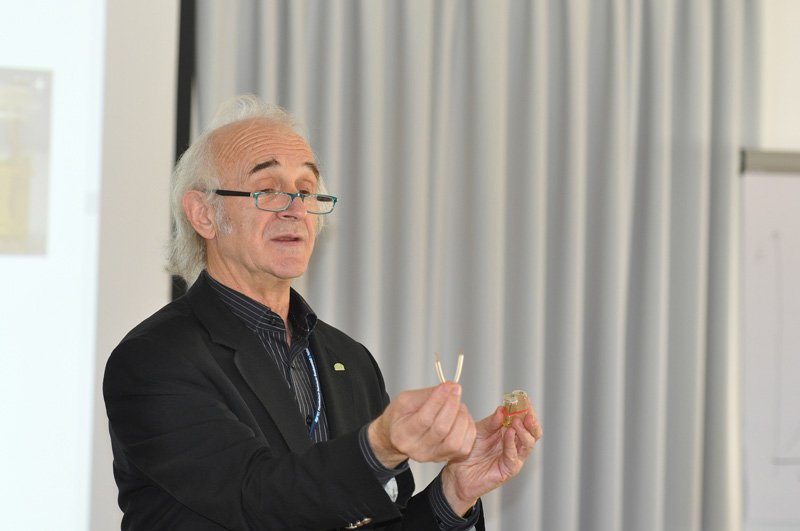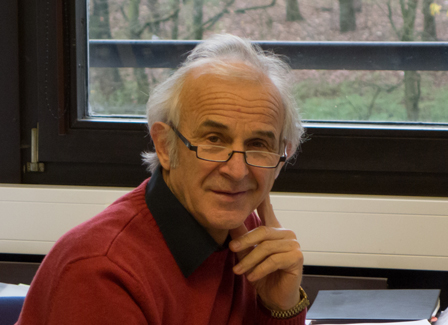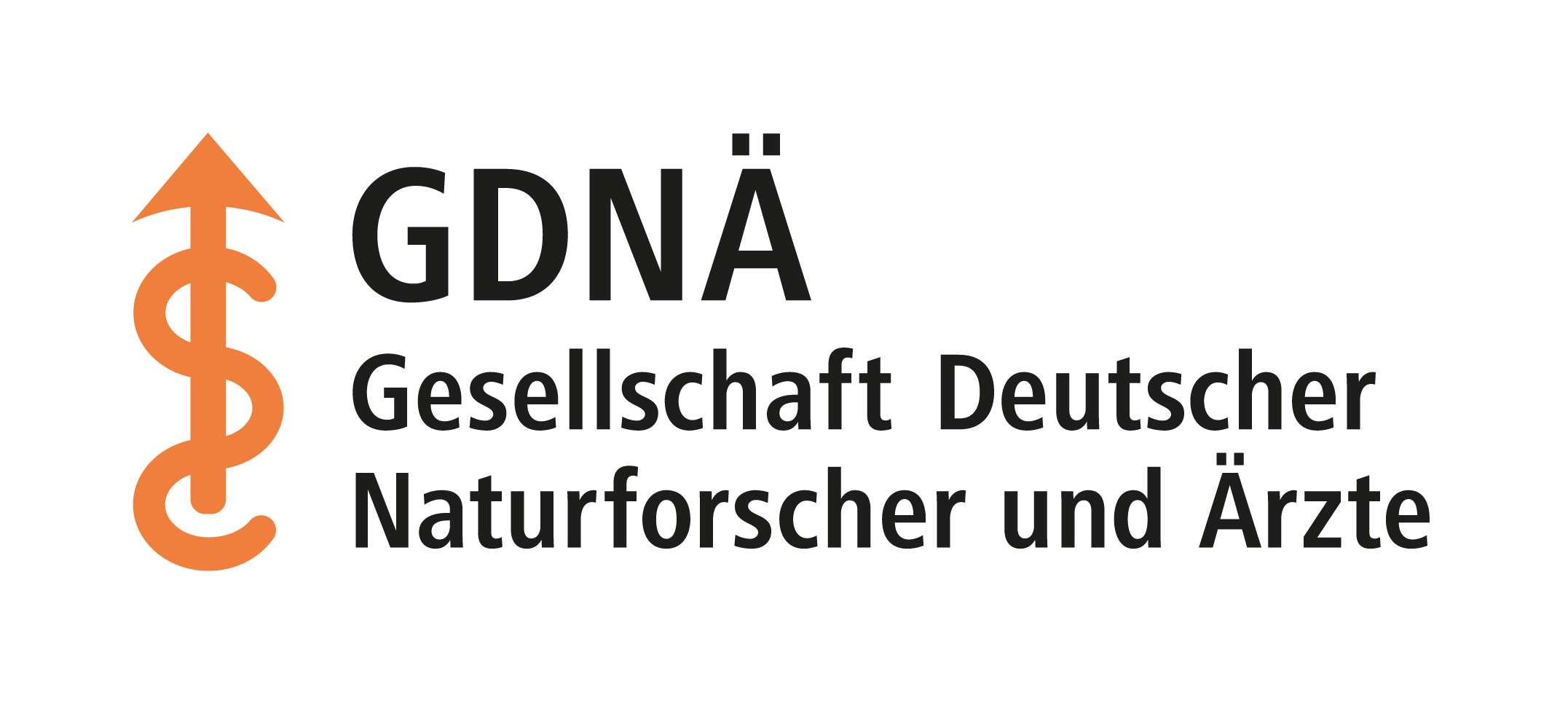“Clean, free and inexhaustible”
Michael Tausch, innovation researcher at the University of Wuppertal, on the enormous potential of solar energy, outdated curricula and his promotion of the chemistry of light
Professor Tausch, what are you working on right now?
I’m currently creating material packages for chemistry classes. With these, I want to help teachers create lively, substantive and contemporary lessons in homeschooling as well.
How can we imagine such a material package?
The current topic is light – color – energy. For this, I am putting together digital learning paths from texts and videos of experiments and for this I can draw from a large pool. I take a lot from the publicly accessible website “Chemistry with Light” of my research group at the University of Wuppertal, others from my own publications on chemistry didactics. As soon as real experiments are possible again in face-to-face classes, the recorded experiments should be carried out for real – that’s the idea.
How does your package get to the teachers?
As soon as it is ready, I send it to the various state education servers. There, the materials are integrated and made available to the schools free of charge. This can go quite smoothly, as experience with previous deliveries has shown.
Are teachers already waiting impatiently for your package of materials?
Maybe some of them are (laughs). These are the ones who know us and use our materials profitably in the classroom. Others may still be reluctant to accept the offer.
Why is that?
Chemistry with light, or photochemistry in technical terms, has not yet made it into the curricula – it is therefore not a compulsory subject. Even during their studies, most of today’s teachers had no contact with the subject. Some shy away from it because they consider the subject to be difficult and believe that expensive equipment and toxic reagents are needed for teaching.
Is this a misconception?
Yes, chemistry with light can be taught with very simple, harmless and inexpensive chemicals and equipment – not only in lower and upper secondary schools, but sometimes even in kindergarten. There are wonderful, expressive experiments with sunlight, bottles and LED flashlights. Details can be found on the aforementioned website “Chemistry with Light” and in the textbook of the same name, which is aimed at student teachers, teaching staff and interested laypersons. Incidentally, our training courses regularly produce aha experiences: Many teachers then realize how easily photochemistry can be integrated into existing curricula – not only in chemistry lessons, but also in other science subjects.

In an instructional course, Michael Tausch shows how to build a miniature photogalvanic concentration cell from simple materials and use it to generate electricity.
How did your enthusiasm for photochemistry come about?
I became involved with this fascinating subject as a young researcher, at that time still at the Research Institute for Organic Chemistry in Bucharest. After moving to Germany, I worked for twenty years as a teacher of chemistry and mathematics, during which time I developed numerous photochemical experiments to illustrate, for example, the processes of photosynthesis or the formation and decomposition of ozone. Even then, it became apparent that sunlight would be the most important and sustainable form of energy in the 21st century. Since then, a great deal has happened in research and technology – and as a professor, I try to bring this knowledge into teacher training at university and into schools.
At present, solar radiation makes only a limited contribution to the energy supply. What makes you so optimistic?
Among other things, the enormous potential: sunlight is clean, free and virtually inexhaustible. The light irradiation of just one day could be enough to supply all of humanity with energy for a year. Through photovoltaics, solar thermal energy and other processes, we use this resource only to a small extent. What we need are new technologies for converting, storing and efficiently using solar light. Artificial photosynthesis, for example, can be used to produce climate-neutral fuels and basic chemicals. Novel materials, opto-electronic components and new micro- and nanoscopic processes – photochemistry can also contribute to this.
A grand vision. How can it be realized?
We would need to capture as much sunlight as possible. A few solar panels on the roof are not enough. In the future, windows and car roofs could also serve as solar cells – corresponding approaches already exist. Flexible platforms in the ocean the size of several soccer fields could also capture sunlight and make it available both photovoltaically and photocatalytically. There are virtually no limits to human creativity – and I want to stimulate it with my work.
What do you plan to do next?
Hopefully the pandemic will be over soon. I can’t wait to get back out there and give workshops for student teachers and teachers all over the country.

Professor Tausch in his office at the University of Wuppertal.
About the person
Professor Michael W. Tausch (71) is senior professor of Curricular Innovation Research at the University of Wuppertal. There he held the chair of chemistry and its didactics from 2005 to 2018. He previously represented this subject (1996 to 2005) as a C3 professor at Mercator University in Duisburg. From 1976 to 1996, Tausch worked as a subject teacher for chemistry and mathematics at the Kooperative Gesamtschule Weyhe. During this period, he completed his doctorate at the University of Bremen and led teacher training courses for the Society of German Chemists. Michael Tausch comes from Transylvania, Romania, and moved to Germany in 1975 after studying chemistry and working scientifically at the Institute of Organic Chemistry Bucharest. Michael Tausch became a member of the GDNÄ in 2006 at the meeting in Bremen. In 2015, he was the first chemistry didactician to receive the newly established Heinz Schmidkunz Award of the German Chemical Society.

Workshop “Light Lab Plant”: Michael Tausch in front of chemistry teachers in November 2019 in Berlin.
